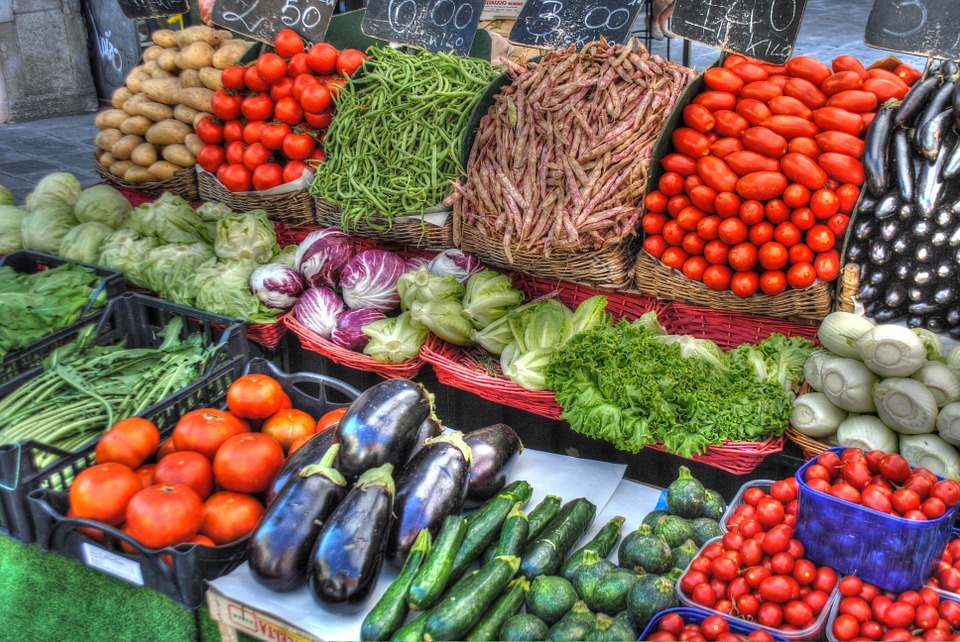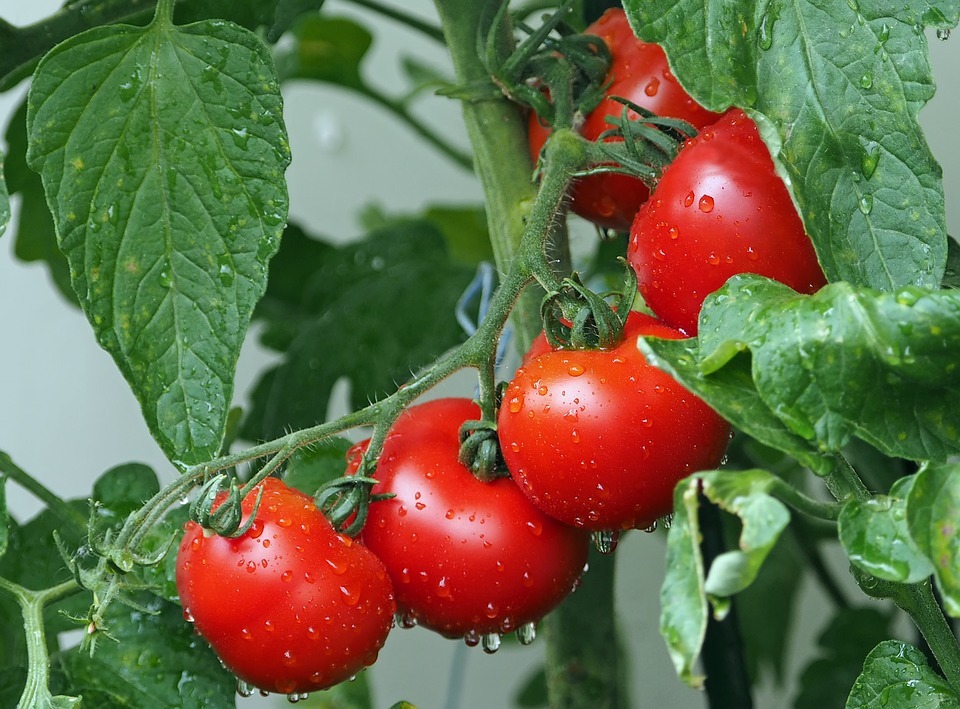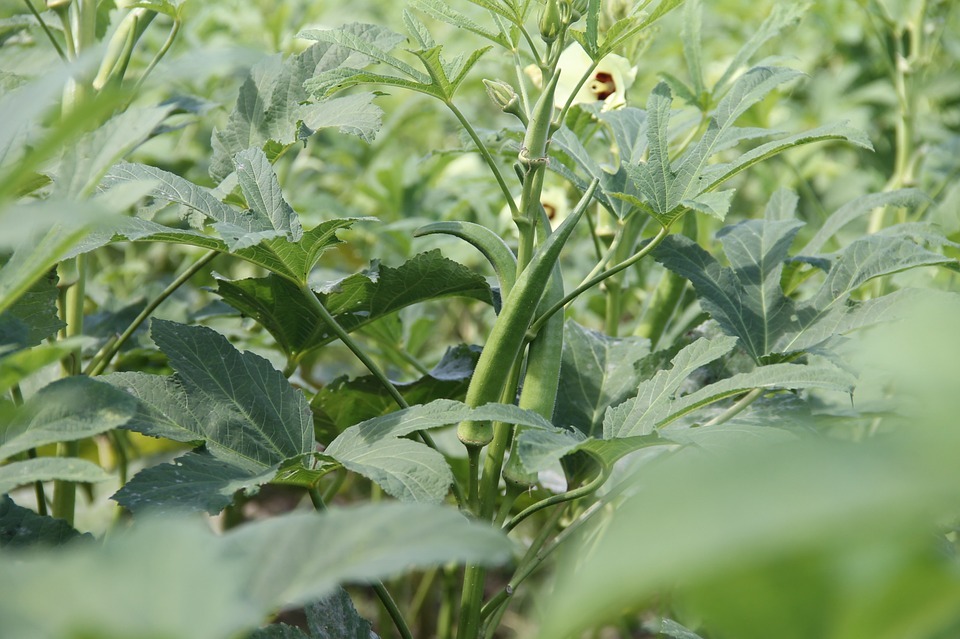The first thing in mind, perhaps, is to ask, “Is it suitable to grow vegetables in summer? Especially that the temperatures can be very sweltering. The answer is, Yes, when you know what to plant according to your location and your available time and resources for caring for them.
Many plants love the sun and grow best under its light for many hours. You can grow vegetables in your yard, in a ground garden, or containers and pots. Meanwhile, ensure to determine what is the average annual summer temperatures in your area before you can decide which varieties of vegetables can be grown and can survive the summer heat.
Generally, summer is not a bad season to grow plants, especially vegetables. Summer isn’t complete without taking advantage of growing sun-loving vegetables.
Here are some of the excellent varieties of vegetables suited to grow in summer.
TOMATOES
Tomatoes are appetizing that complements the taste of herbs in our salads, pasta, sandwiches, and amazing pizzas. We can also enjoy them in our sauces, soups, and juice. Summer is the best time to grow different varieties of tomatoes. Salad tomatoes include ‘Sun Gold’ and ‘Sweet 100’s’, are best for picking and eating. Tomatoes generally require a long growing season under plenty of full sun, at least 6 to 8 hours a day. Some bush tomatoes have shorter growing seasons. It is best to plant tomatoes once the warm weather starts in spring to ensure a bumper crop by August.
SQUASH
There are many squash varieties, but you can start planting Crookneck, Cousa, Delicata, Pattypans, Summer squash, and Zucchini varieties. Like tomatoes, they have a long growing season. And they would grow best in well-drained soil early from seeds or starts. Grow them in an area with plenty of sun and give them consistent deep watering using an elevated garden sprinkler or spray nozzle. Once fruits are ready for harvest, usually when they grow about 6 inches long or wide, if it’s in the pattypan variety. Harvesting regularly encourages more flowering and fruit.
PEPPERS
Peppers have similar growing requirements with tomatoes and eggplants, so take advantage of growing them altogether. Peppers of various varieties prefer full sun, nutrient-rich soil, and regular deep watering. Use a bubbler to help keep your peppers well-watered. Just water near soil level whenever possible to prevent soil-borne diseases from splashing on lower leaves.
You can grow patio varieties, sweet or hot peppers that are best for roasting and adding flavor to your pizzas and salsas.
SWEET POTATOES
Sweet potatoes are different from regular potatoes because they like warm soil and weather. Sweet potatoes are cold-sensitive and would grow best when planted about a month after the last frost. Plant them in a well-drained soil with compost mixed in. They also grow well near dill, thyme, and parsnips. Do not plant them near other vines like squash, as both can cause overcrowding.
OKRA
Okra is another hot-weather-loving plant. Once the frost season is over for about a few weeks, sow okra directly in the garden. Be careful and gentle when transplanting as they have very delicate roots. Plant in full sun and rich soil and harvest the fruits regularly. Pick okra pods when they have grown 3 to 4 inches because when they over-mature, the plant will stop producing fruits. Cucumbers and eggplants are their best companions.
EGGPLANT
Eggplant is a warm-weather crop and thrives in higher temperatures. It requires well-drained soil, so if you grow them in pots, ensure excellent potting soil and pots with enough drainage holes. They can be harvested in mid-to late-summer. It must be planted until at least 3 weeks after the last frost. Despite that they are sun-loving plants, their roots still need moist and cool throughout the growing season. You can provide mulching to help the root systems retain as much moisture as possible.
BEANS
Bush beans, pole beans, and runner beans are all delightful because they supply a few beans to pick nearly every day once they start producing fruit.
Grow Borlotti beans, Purple Podded Beans, and Wax beans, as they have different colors that look fun when cooked. Beans have nitrogen-fixing abilities in soil, so consider rotating planting locations in the garden so you can reap well from this benefit. You may sow from seeds or transplant from starts once soil temperature warmed at least 60 degrees. Be careful in transplanting as bean plants are susceptible to transplant shock. Plant in full sun and fertile soil, whether in the ground or containers. Beans benefit when planted with broccoli, carrots, and peas, their best companion plants.




